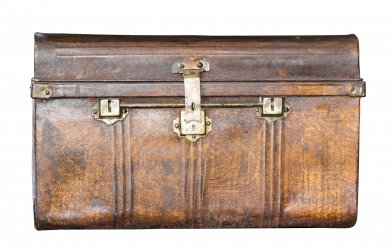10 tips for protecting and preserving your art

Image courtesy of Stoonn/Freedigitalphotos.net
Buying a work of art is just the beginning of your relationship with it. It you want it to last, to retain its value and to be safe from theft, there are certain steps you need to take. Here is Private Art Investor’s advice:
- Make sure you get your collection appraised. “Knowledge is power,” says Danielle Rahm, director of New York Fine Art Appraisers. “If you don’t know what you have, then you are putting yourself at risk: the work might not be insured correctly, or it might not be properly protected. From an estate planning point of view it is important to understand what it is that’s in your home.”
- Frame all art – but in doing so, make sure you understand the medium and specific care requirements of each work. Putting a work on paper in the wrong frame, for instance, can significantly damage the value of the piece. Paper, textiles and photographs should be hung with museum-quality materials by a professional art hanger.
- Take out insurance since and take advantage of the security advice that comes with it.
- While it might seem safer to keep your art collection stored away, be aware that this is not always the case: many thefts involve removal by internal parties in storage facilities.
- When a room is not in use, draw the blinds, curtains or shades and turn off the lights to create a cool, dark environment. Paint is organic, and it can degrade in blazing heat. Light, especially ultraviolet sunlight, can cause irreversible fading or colour change, especially in paper, textiles and photographs.
- Keep the temperature and humidity in the home as constant as possible—65 to 75 degrees Fahrenheit and 55% to 65% relative humidity.
- Don’t turn off the air conditioning before leaving even for a short weekend getaway. Temperature fluctuations can loosen the joints of antiques.
- Do not store fine art in your basement or attic where it can be exposed to dramatic temperature fluctuations, floods and leaks. Create an art closet with horizontal racks and a locked door. Wrap and store framed artwork front to back in a vertical position.
- Install water alert sensors in areas of the home susceptible to water damage, including above ceiling trays and under washers, dryers and radiators.
- Know your collection. Julian Radcliffe, chairman of The Art Loss Register (ALR), recommends keeping very good records of items, including images of the back as well as the front of each object. Burglar alarms and safes will also help.
CategoriesOwn art